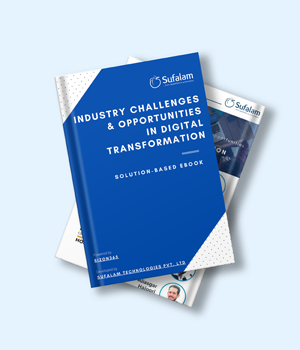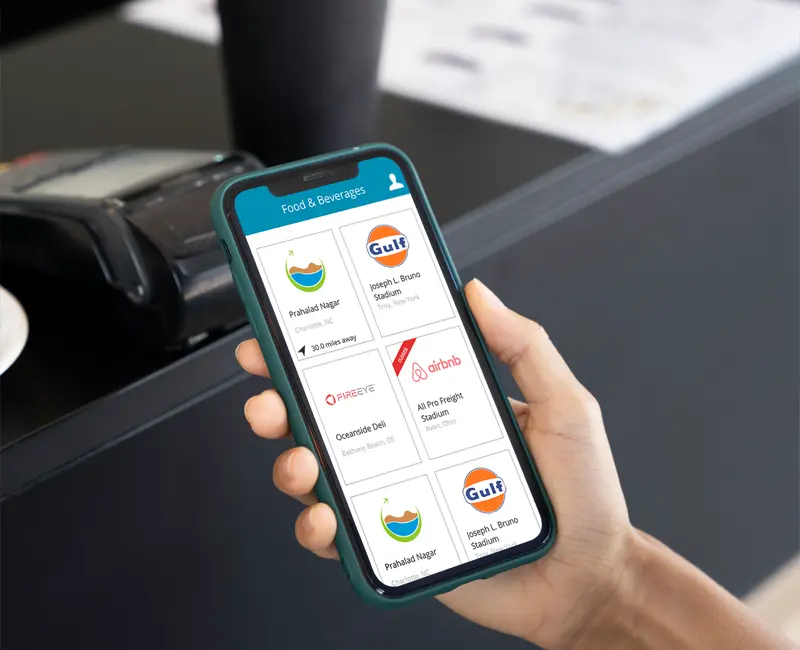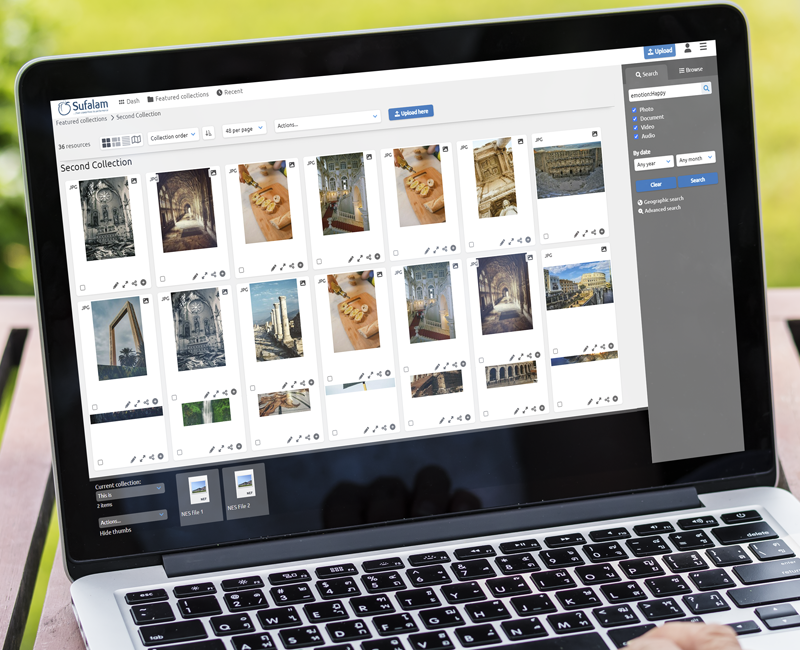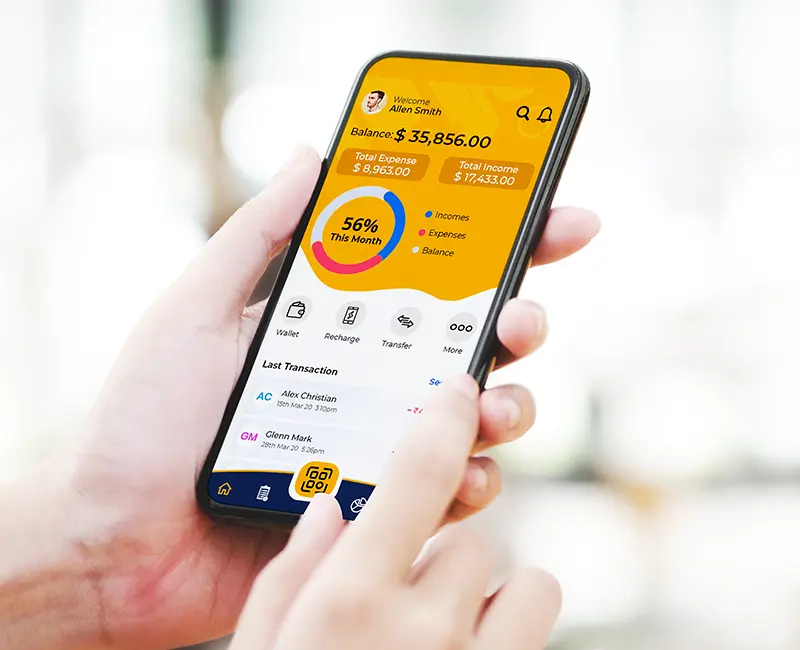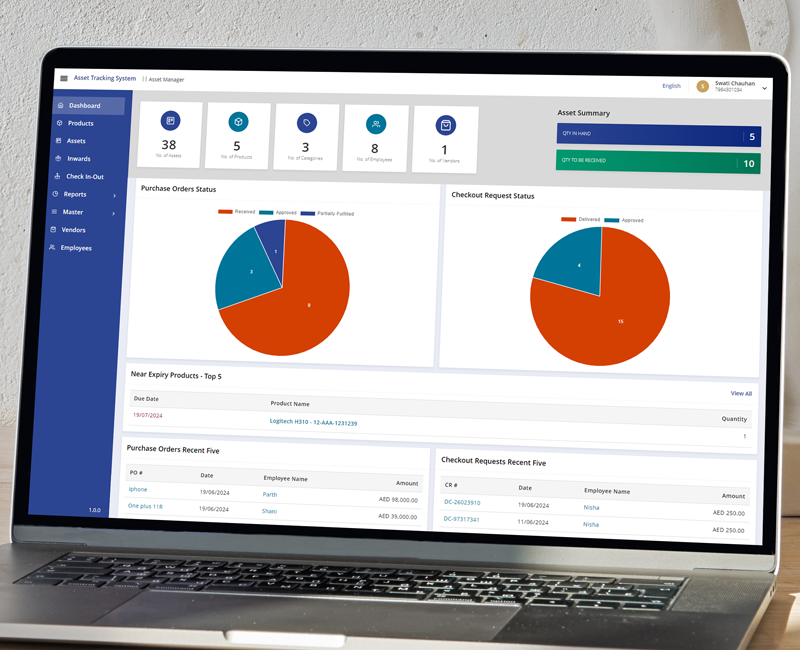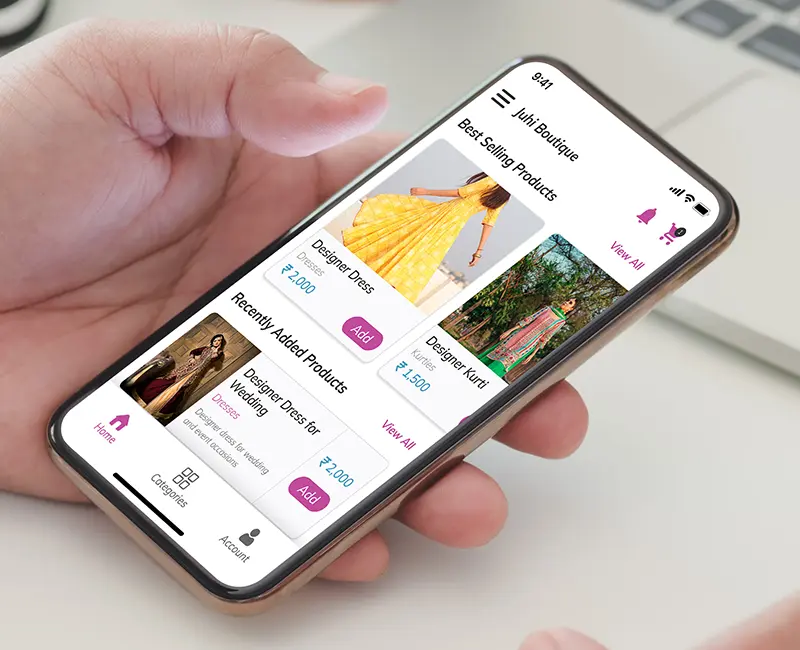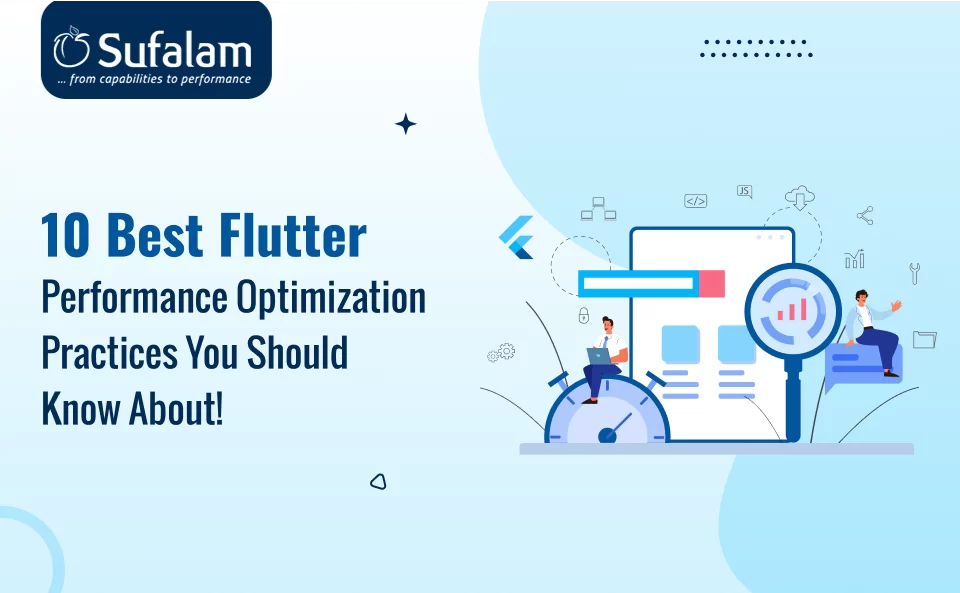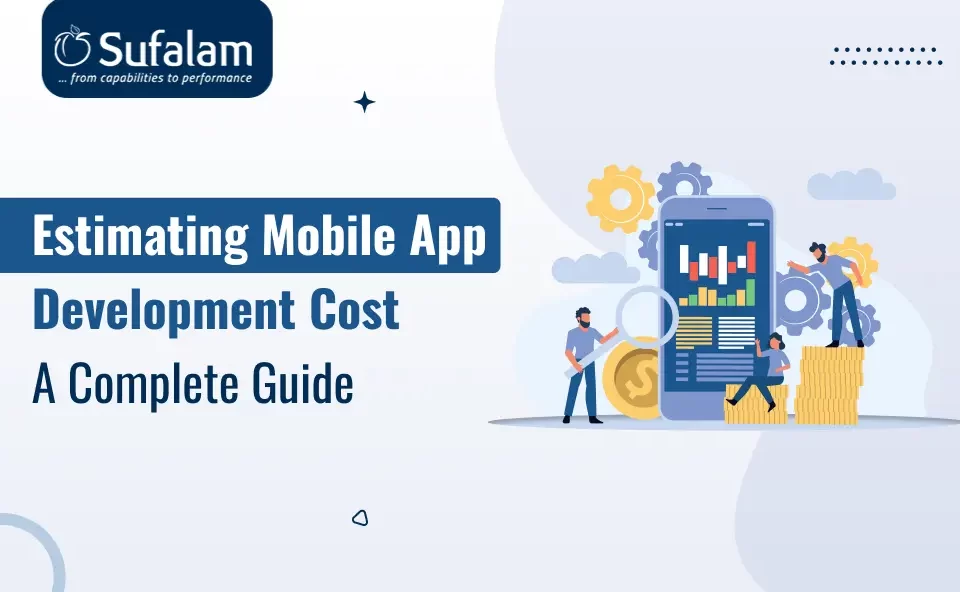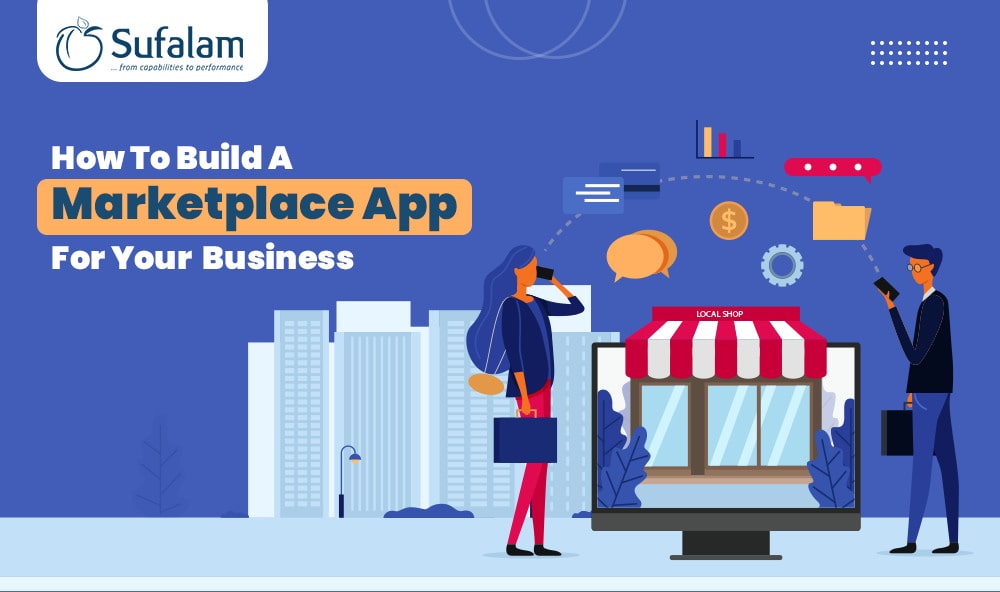
The field of mobile commerce is one that is constantly expanding and changing. The revenue generated by mobile applications is expected to surpass $2.9 billion in the near future. Marketplace applications are the newest trend in the field, offering numerous benefits to both the organizations that set them up and their clients.
Marketplace apps bring consumers and sellers together for profit on a single platform. With over two billion individuals choosing to purchase online in the last year, the popularity of online shopping is only expected to increase.
E-commerce is expected to account for around 22% of total worldwide retail sales by 2023, with a projected value of $6.15 trillion.
All in all, developing a marketplace app is a smart investment that offers diverse opportunities for IT industry entrepreneurs looking to develop a marketplace app. To know more about the step-by-step guide on how to create a marketplace app, keep reading!
What is a marketplace application?
A marketplace app is a mobile application or online platform that serves as a middleman between buyers and sellers to enable mobile device internet commerce. A marketplace app functions as an online marketplace where companies or people may list and display their goods and services, and prospective clients can peruse, look up, and buy right from the app.
Why are Marketplace apps popular among customers?
- Allows for secure transactions through the payment gateway and transaction processing.
- It saves time because the marketplace centralizes numerous items and services.
- Because various merchants are on the marketplace, pricing is competitive, resulting in discounts, savings deals, and encashment offers.
- Provides a wide selection of products and services that may be accessed through marketplace apps.
6-Step Guide To Developing A Feature-Rich Marketplace Application!
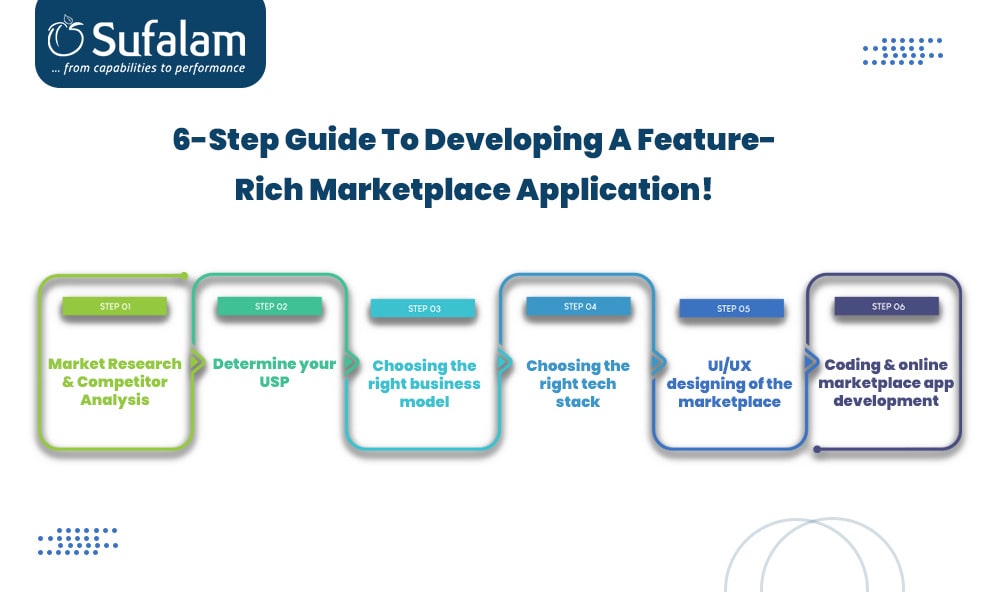
Market Research & Competitor Analysis
Before you begin developing your marketplace app, decide what type of marketplace you want your app to be.
To choose the right type and move in the right direction, don't skip market research. It is a crucial component of creating a profitable marketplace app since it enables you to evaluate the competitive environment and comprehend your target market.
Identifying your target audience is the first stage in performing market research. It entails figuring out the psychographic, geographic, and demographic traits of your ideal client.
The next stage is to examine the advantages, disadvantages, target market, pricing policy, and marketing strategies of your rivals. It will assist you in finding market gaps, choosing the right type, and moving forward accordingly.
Determine your USP
What impact would it have if you created a marketplace app for your intended buyers and sellers?
Will it result in significant time or cost savings? Would it result in noticeably better access? or a significant cut in time?
Like in real life, there must be a norm of abundance in the marketplace. "From anywhere" is practically a byword for being digital. Due to the lack of necessity for a brick-and-mortar structure and its accompanying costs, customers anticipate a price decrease.
Three drivers are available for usage as USPs:
- Market access focus: providing consumers with significantly more access to providers and products.
- Price focus: offering a significantly lower cost than what is available locally.
- Focus on convenience: spend less time on tasks that are not personally necessary for you.
Choosing the right business model
Selecting the appropriate business model is a crucial step in building a marketplace app. This decision significantly impacts how the platform generates revenue and sustains itself in the long run. There are various business models to consider, such as commission-based, subscription-based, freemium, or advertising-driven approaches.
- A commission-based model includes charging a percentage of each transaction conducted on the platform, ensuring that the app profits when users make sales.
- Subscription-based model require users to pay a regular fee for accessing premium features or services, fostering a stable income stream.
- The freemium model offers basic services for free but charges for advanced features, enticing users to upgrade for enhanced functionality.
- Advertising-driven model generate revenue through strategic partnerships and advertisements displayed on the platform.
Careful consideration of the target audience, market trends, and competitors is essential when selecting the most suitable business model. By aligning the business model with user needs and preferences, your online marketplace app development can be both profitable and sustainable.
Choosing the right tech stack
After selecting the appropriate business model, the next important step in the process to build the marketplace app is choosing the right tech stack.
The choice of tech stack should align with the project requirements, online marketplace app development team expertise, and long-term goals. For instance, popular backend frameworks like Django, Ruby on Rails, or Node.js offer robust and scalable server-side development, while frontend technologies like React.js development or Angular provide dynamic and responsive user interfaces.
Additionally, the selection of databases, whether SQL (e.g., PostgreSQL, MySQL) or NoSQL (e.g., MongoDB, Cassandra), depends on the app's data structure and storage needs. To ensure scalability, you also need to choose the right cloud-based services from AWS, Microsoft Azure, or Google Cloud Platform.
It is essential to conduct thorough research and consult with an experienced eCommerce app development company to choose the right tech stack tailored to the desired end results.
UI/UX designing of the marketplace
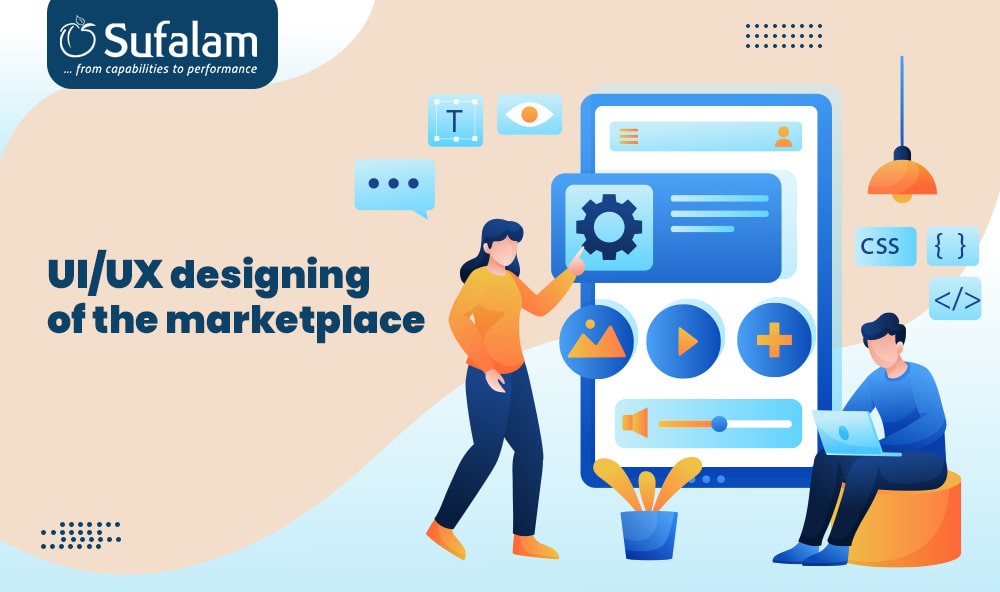
The most important factor to consider while developing a marketplace application is the user experience.
It will establish your company's engagement and conversion rates. The goal is to make using the application simple and uncomplicated. The user should also find it easier to look for and purchase things at the same time.
Your initial step should be to estimate the design approach, understand the users, and be aware of their design curve. It is important to understand how users interact with marketplace apps on their phones. How they envision the interface and design to be presented. For the end users, it should be enticing, straightforward, precise, and succinct.
The UI/UX strategy will show exactly how the design should look. Once the plan is in place, you can transform them into stunning interfaces and immersive designs.
Coding & online marketplace app development
The marketplace's development and coding are the following steps. A minimal viable product, or MVP, should be developed first for complex systems. An MVP is an initial version of an application that has just enough essential functionality to meet the needs of beta testers and gather input for further marketplace application development.
You can test the product, gather user input, adjust requirements as necessary, and finally release the finished version to end consumers. Consult with the right marketplace app development company to help you with coding and development of your marketplace app.
The front-end and back-end of an online marketplace app are developed during the coding stage of marketplace application development. The user-facing portion of the application that lets users engage with its features is called the front-end. However, the server-side logic known as the back-end is responsible for handling all of the data and driving the functionality of all the applications.
To Conclude
Marketplace apps have dramatically improved the global online purchasing experience. More significantly, many marketplace apps are successful businesses that aim to take advantage of consumers' increasing desire to shop online.
Developing a novel idea that makes your application stand out and selecting the best implementation partner are the two most difficult aspects of developing a marketplace application.
Thus, be sure to follow the comprehensive instructions for creating a feature-rich marketplace application. You can also get in touch with the top marketplace app development company, which can comprehend your company's requirements and provide solutions appropriately.
Sufalam Technologies can be of assistance to you in your search for the one. To talk about your idea and potential implementation strategies, you can schedule a free consultation call with us. Our team of skilled developers will connect, understand, and offer best-in-class solutions accordingly.
Frequently Asked Questions
How Much Does it Cost to Develop a Marketplace App?
The cost of developing a marketplace app depends on the complexity of the features and the location of the mobile app development company and other factors. The average cost to develop a simple online marketplace is $41,000-$80,000, a medium online marketplace is $80,000 – $150,000, and a complex online marketplace is $150,000-$280,000 or more.
What are some of the must-have features to have in a marketplace application?
User profiles and authentication system
Product listings with detailed descriptions and images
Search and filters for easy product discovery
Secure payment gateways and transaction processing
Ratings and reviews for products and sellers
Messaging system for buyer-seller communication
Order tracking and notifications
Customer support and dispute resolution mechanisms
Seller dashboard for managing listings and orders

